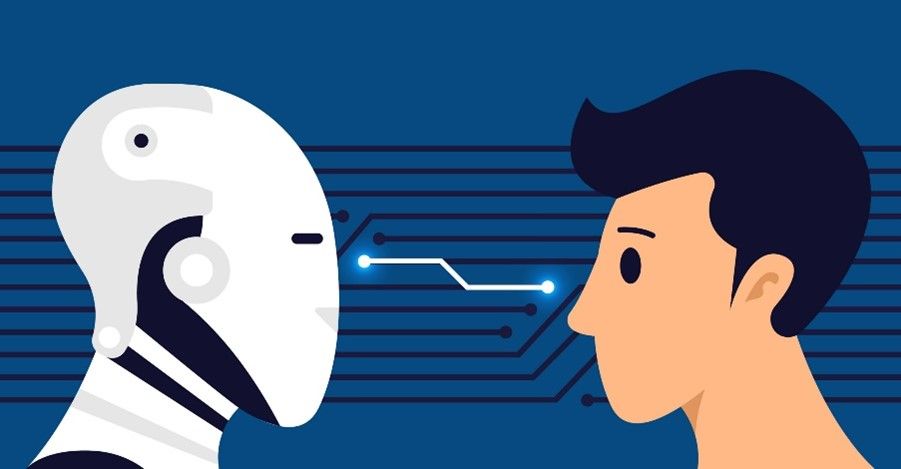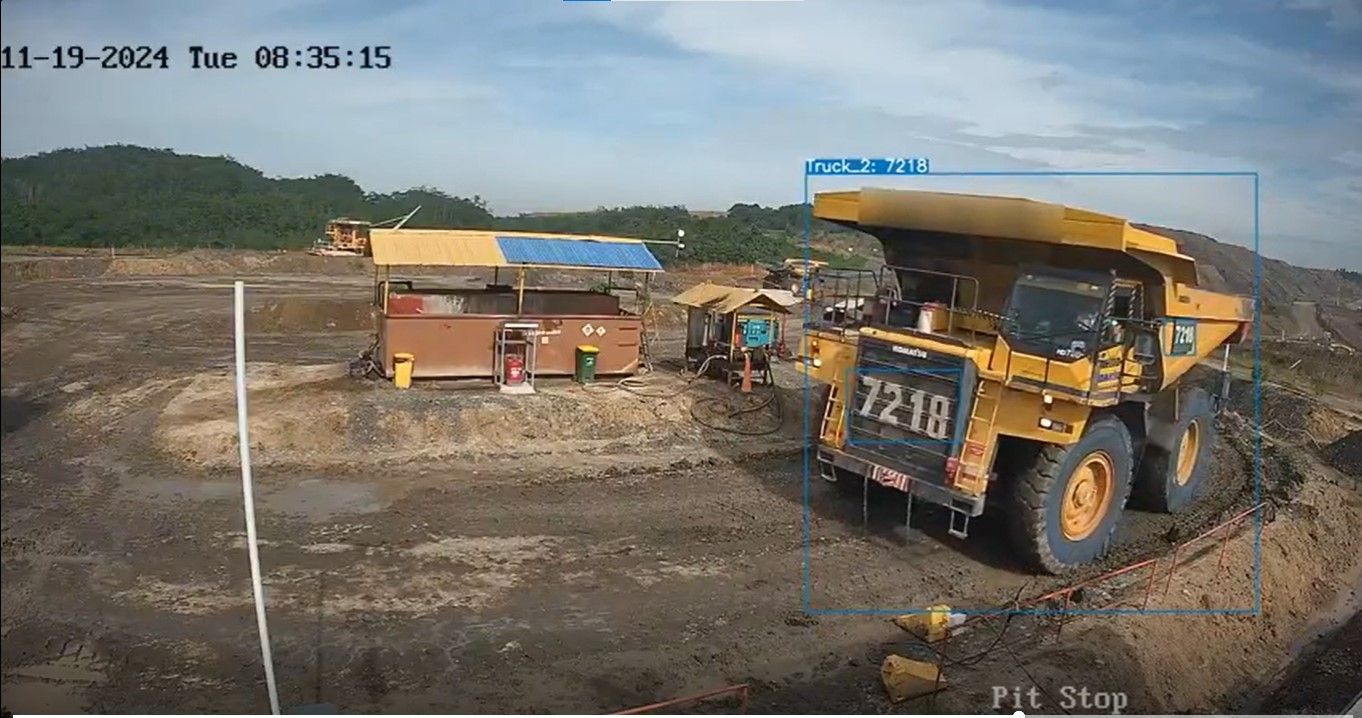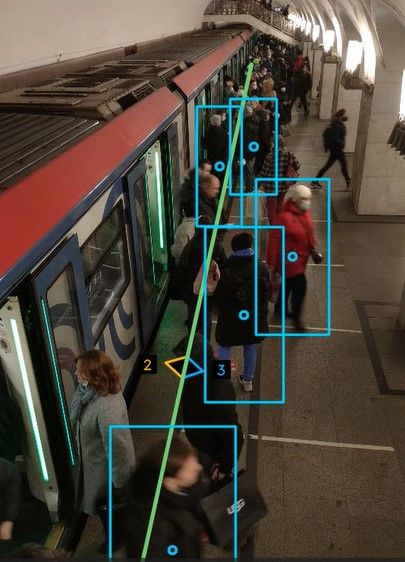AI Computer Vision: Seeing What Humans Miss
The world today is moving so fast that artificial intelligence (AI) is having a huge impact on our relationship with our environment.
The world today is moving so fast that artificial intelligence (AI) is having a huge impact on our relationship with our environment. An amazing development here is Computer Vision which is an AI that allows machines to interpret images faster and more efficient than most people can. This article focuses on the idea of computer vision, the ways it can be used and what special insights it gives that humans could miss.
What Is AI Computer Vision?
AI Computer Vision which is sometimes just called Computer Vision, is a particular area of AI that looks at images and videos to draw conclusions from them. Equipped with advanced AI technology, computer vision systems can interpret what is shown in images and make appropriate choices such as identifying objects, spotting patterns and spotting abnormal behavior to trigger alarms instantly. In contrast to standard cameras or sensors, computer vision systems can see, comprehend and respond to what happens around them. In a manufacturing facility, computer vision can detect any issues in the products, keep an eye on machines and guide robotics with accuracy, getting better and better as it learns.
How Computer Vision Sees What Humans Miss
Humans are naturally skilled at interpreting visual information, but we have our limits. We get tired, distracted, or simply overwhelmed by the volume of data. AI Vision overcomes these limitations in several key ways:
- Speed and Consistency: AI Vision systems are designed to process large volumes of data fast, without stopping and without showing bias, guaranteeing the quick diagnosis of all information, allowing for the ability to see everything almost at once.
- Pattern Recognition: By examining subtle things, these systems may find problems or changes too tiny for people to notice, for example, flaws in manufactured goods or small indications of disease in early images.
- Real-Time Analysis: Through quick feedback and warnings, AI Vision helps ensure that dangers and operations are handled right away.
- Learning Over Time: The more images are processed, the better AI Vision systems get at spotting unusual things and perfecting the process.
Real-World Applications of AI Computer Vision
1. Safety and Security
Smart technology is being added to security cameras. Through Computer Vision, security cameras can detect dangerous activities, recognize people and spot weapons or things that may be dangerous fast. It’s as if there’s a security guard who notices every small detail all the time.
2. Agriculture
Drones fitted with AI Vision technology are now used by farmers to monitor how crops are growing. The drones travel over fields and take pictures and by analyzing the images, it’s possible to see if there are signs of pests, nutrient-related issues or any problems with irrigation. Because of technology, farmers can react faster, get greater results and lower the amount of wasted food.
3. Facial Recognition
With the help of AI Vision, facial recognition is used for security, controlling who gets in and out and also for tagging on social media. These systems can spot people in crowds, help police find culprits and speed up security at airports by identifying people using databases in real time.
4. Traffic Monitoring and Smart Cities
AI Vision systems monitor traffic flow, detect accidents, and optimize signal timings. They help reduce congestion, improve road safety, and support the development of smart city infrastructure by providing real-time insights into urban mobility.
Key Technologies Powering Computer Vision
- Machine Learning & Deep Learning: Computer Vision systems rely heavily on machine learning, particularly deep learning, to analyze and interpret visual data. Deep learning models, such as convolutional neural networks (CNNs), excel at recognizing patterns and features in images, enabling tasks like object detection, classification, and segmentation.
- Transfer Learning: This technique allows Computer Vision systems to use pre-trained models (trained on large datasets) and adapt them to specific tasks with limited new data, making the technology more accessible and efficient for specialized applications.
- Generative Adversarial Networks (GANs): GANs are used for data augmentation, generating realistic synthetic images to expand training datasets. This enhances the system’s ability to generalize and perform well even with limited labeled data.
- High-Speed & High-Resolution Imaging: Advances in camera technology enable computer vision systems to capture minute details at high speeds, essential for industries requiring fast, accurate inspections.
- Advanced Illumination: Multispectral and hyperspectral lighting techniques provide better contrast and reveal features invisible under normal lighting, further enhancing defect detection and material analysis.
- Real-Time Processing: Modern AI Vision systems are designed for real-time analysis, enabling immediate feedback and automated responses in dynamic environments such as manufacturing lines or autonomous vehicles.
AssistX Vision: Key Features for Diverse Industries
AssistX Vision is a powerful Computer Vision platform that enhances various industries with advanced computer vision capabilities. It features human detection (including face recognition and people counting), vehicle detection (such as speed and illegal parking detection), and object detection (including license plate and fire detection). These capabilities enable industries to optimize processes, improve safety, and gain valuable insights, demonstrating the practical impact of Computer Vision in real-world applications Computer vision aims to go beyond seeing and support machines in reading, identifying, discriminating and responding to visual data more effective and massive than humans. By automating boring tasks and pointing out information that passes us by, AI Vision is playing a big role in making our world smarter, safer and more efficient.
Further reading:
Achieve Higher Accuracy in Vehicle Identification with Computer Vision
AI Fire Detection: Catching Real Fire Events Before Disaster Strikes


